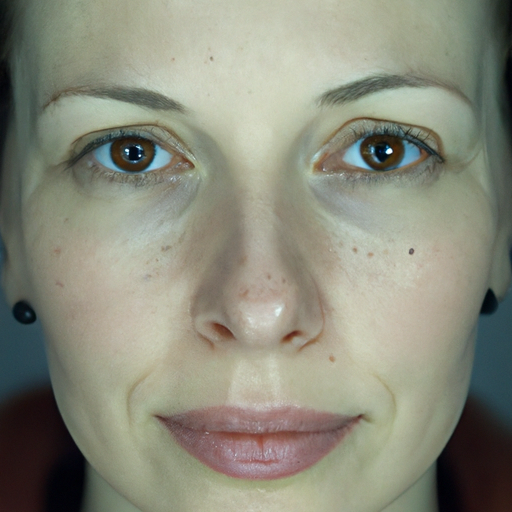As a dermatologist, I have encountered countless patients who are battling with hyperpigmentation. This common skin condition, characterized by dark patches on the skin, can be a source of distress for many. However, with the right knowledge and treatment, it is possible to restore the skin’s natural radiance. Let’s unmask some of the top secrets in combating hyperpigmentation.
Hyperpigmentation is primarily caused by an excess production of melanin, the pigment that gives skin its color. This can be triggered by various factors such as sun exposure, hormonal changes, age, and skin injuries. While it is generally harmless, it can cause significant cosmetic concern.
1. Sun Protection: The sun is one of the most significant contributors to hyperpigmentation. Therefore, a broad-spectrum sunscreen with an SPF of at least 30 is crucial. It should be applied every day, regardless of the weather, and reapplied every two hours when outdoors. Wearing protective clothing and seeking shade during peak sunlight hours can also help protect the skin.
2. Topical Treatments: There are numerous over-the-counter and prescription treatments available for hyperpigmentation. These include creams, lotions, and serums containing active ingredients like hydroquinone, retinoids, vitamin C, kojic acid, and azelaic acid. These ingredients work by inhibiting the enzyme tyrosinase, which is crucial in melanin production.
3. Chemical Peels: A chemical peel involves applying a solution to the skin that causes it to exfoliate and eventually peel off, revealing new, less pigmented skin underneath. Glycolic acid, salicylic acid, and trichloroacetic acid are commonly used in these peels. It’s essential to consult with a dermatologist before undergoing a chemical peel as they can cause side effects if not used correctly.
4. Laser Therapy: Laser treatments can be an effective way to treat hyperpigmentation. These treatments work by targeting the melanin in the skin with high-energy light, breaking it up and allowing the body to remove it naturally. However, laser therapy should be performed by a trained professional as it can cause side effects if not done correctly.
5. Microneedling: This is a minimally invasive procedure that involves creating tiny punctures in the skin using a device with fine needles. This stimulates collagen production, which can help to reduce the appearance of hyperpigmentation. Microneedling can be combined with topical treatments for enhanced results.
6. Healthy Lifestyle: A healthy lifestyle can also contribute to better skin. A balanced diet rich in antioxidants can help protect the skin from damage. Regular exercise boosts circulation, helping to nourish skin cells. Adequate sleep allows the skin to repair and regenerate.
Lastly, patience is key when treating hyperpigmentation. It can take several weeks or even months to see noticeable improvement. It’s also important to remember that everyone’s skin is different, and what works for one person may not work for another. Therefore, it’s always best to consult with a dermatologist who can provide personalized advice and treatment options.
In conclusion, while hyperpigmentation can be a challenging condition to deal with, there are numerous strategies available to combat it. With the right approach and professional guidance, it’s possible to unmask the radiance of your skin and regain your confidence.



